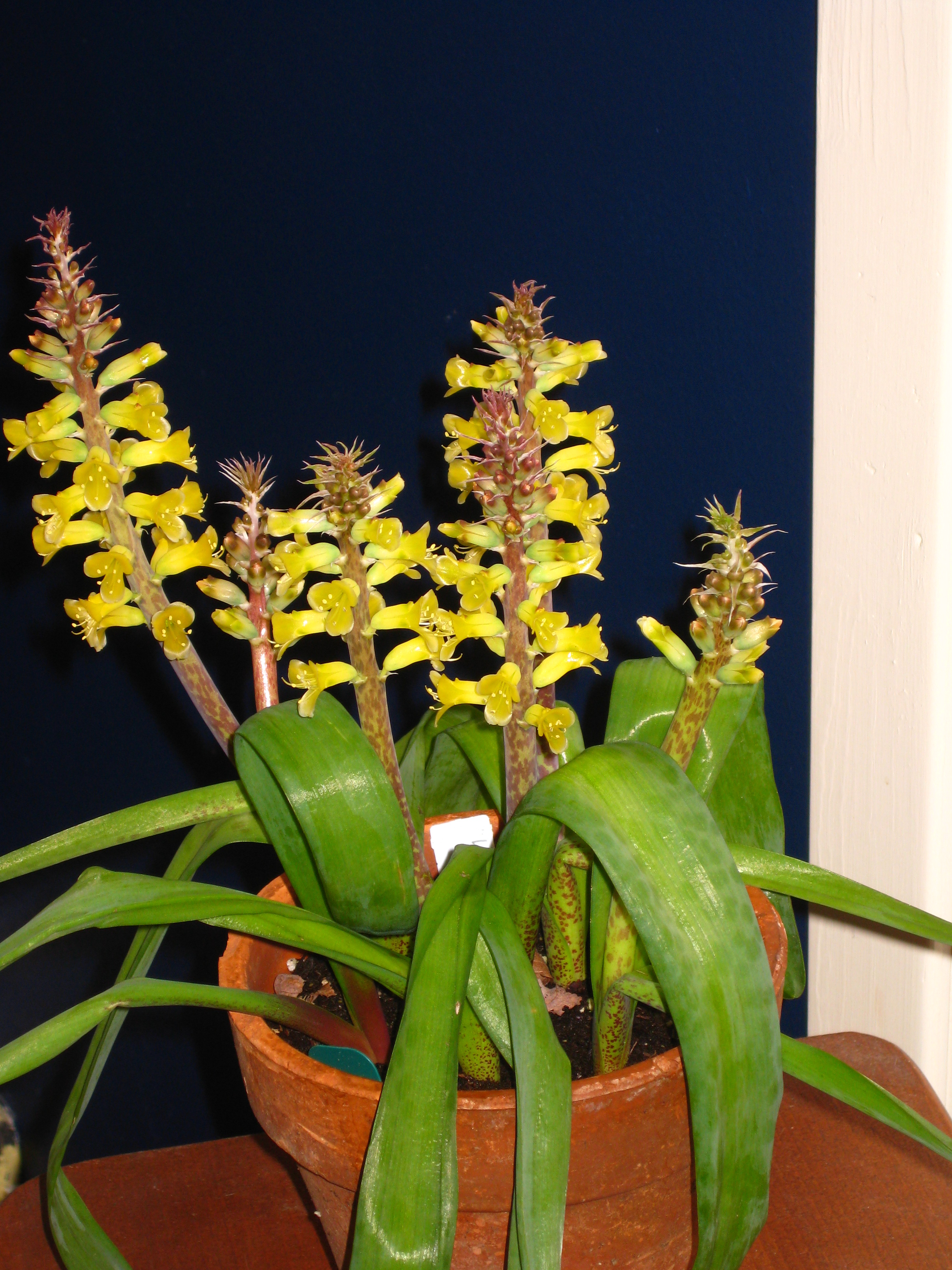Resource Library
Plant of the Week: Plants Come and Go
Last fall I went in search of Romand Cape Hyacinth, a tender South African bulb I bought from one of the bulb companies selling daffodils and tulips. It was offered in the back of the catalog with a couple other tender species and intended for wintertime forcing. It was easy, kind of attractive and rebloomed for three years until the greenhouse lost its heat one winter and everything froze. Search though I did, I could not find it offered elsewhere. That plants come and go in the nursery trade is nothing new, but let us examine the forces that drive availability.
In commerce everything is driven by sales. Certain items – shade trees, evergreen shrubs, azaleas, hanging baskets, and many more items – are staples of the industry. Probably eighty percent of the items sold in the ornamental plant trade fall into this staple category. Items such as pin oaks, Lynwood Gold forsythia, or Van Houtte Spirea, a selection that has been around for 150 years, have real staying power and seem always to be in production.
For a plant to reach stability in the market place, it must be adaptable over a wide geographic area, fill a specific need in the garden and be easily propagated and reasonably fast growing. Lots of wonderful plants have been discovered but they are either hard to propagate or take too long to produce, making them only marginally profitable. Only the most sophisticated gardener can be convinced that a slow growing, high priced plant is a better buy than a fast-growing meatball of a shrub offered at a lower price.
But even in this stable group of items that can be found year in and year out, there will be change. As anyone who has ever tried to replace a dead azalea will confirm, only a few azalea cultivars remain popular over time. This coming and going keeps new plants in the mix and may encourage collectors to buy a new, untried selection but frustrates those who want to replace a dead plant.
The marketing advantage of “new and improved” is not limited to plants but is standard across all kinds of merchandise. That the new detergent may not be one whit better than the old one is immaterial; it is new and improved. Keeping up with the latest and greatest “new and improved” bedding plants is an almost impossible task. After a while they all look alike, but that one is white with a purple star and the other is purple with a white star.
Another factor affecting plant availability is what the propagators choose to multiply. Scintillation was one of my favorite rhododendron selections, and for a few years it was commonly seen, but then the tissue culture lab producing liners dropped it from its lineup, so it stopped being widely offered. Throw in the profit motive of propagating high-return patented plants, and there is a constant winnowing of plant availability, not base on garden merit, but profit margin.
Finally, we must consider the garden ephemera. That twenty percent of the plant palette that cannot be considered amongst the staple class. These plants come and go with sometimes stunning regularity. Sometimes this is due to a thought out marketing plan where a wholesale grower and mass marketer team up to grow large numbers of a unique plant and then flood the zone with the item. You see it, then it is gone, only to be replaced by something new and different the next time you come in the store. Other times a new plant may hit the market, garner limited interest but fall on its sword by not making anybody in the chain a pile of money. A contender, but not a champ. Next, please.
Most of these plants never completely disappear. They simply sink into obscurity in some collector’s garden where they shine brightly amongst the other also-runs that await their day in the sun.
For more information about horticulture or to see other Plant of the Week columns, visit Extension’s Website, www.uaex.uada.edu, or contact your county extension agent. The Cooperative Extension Service is part of the U of A Division of Agriculture.
